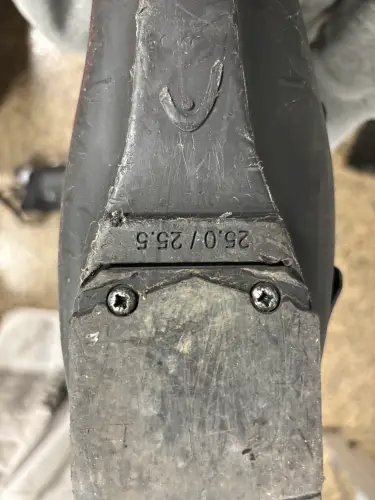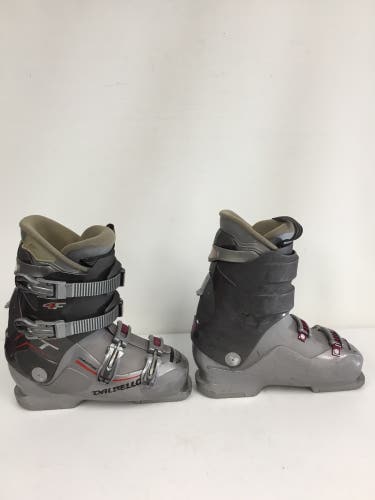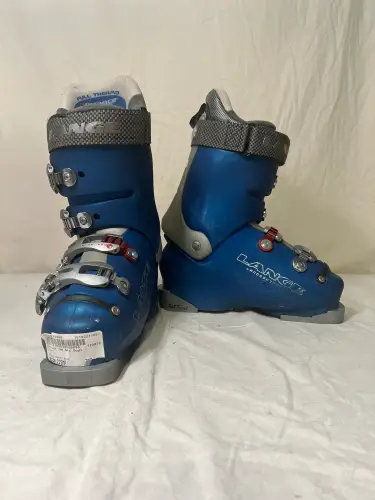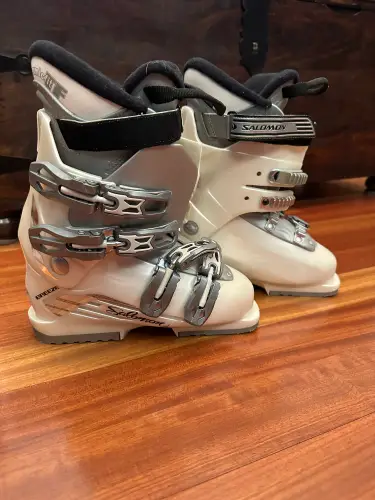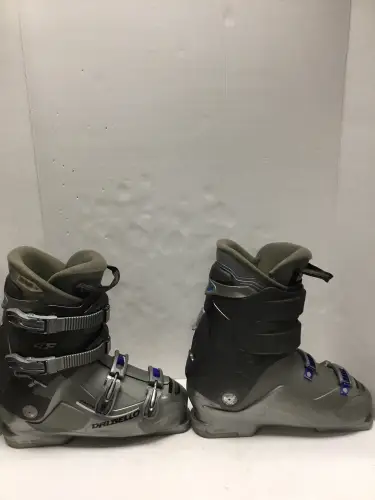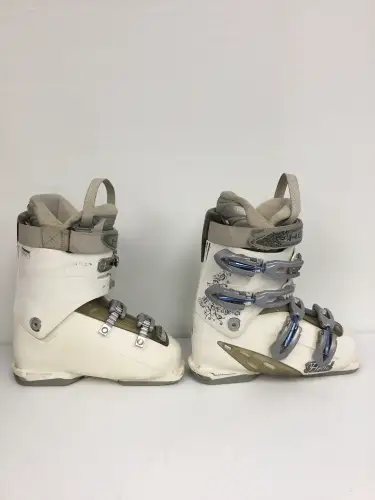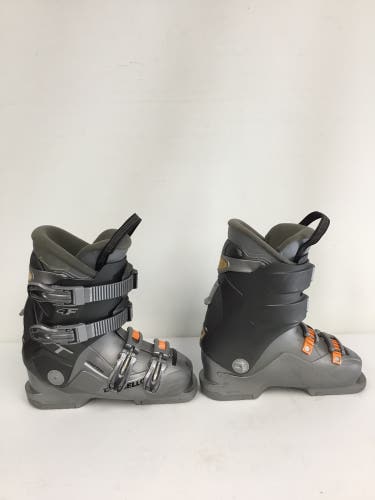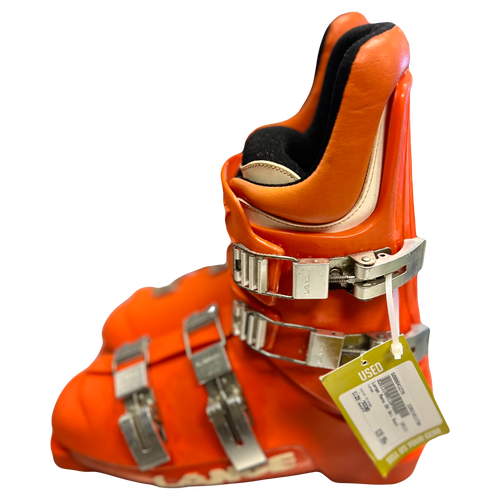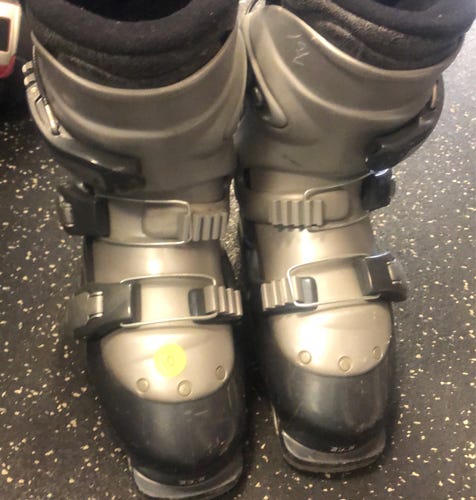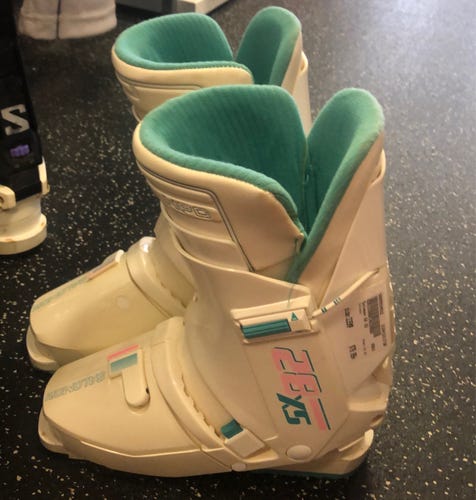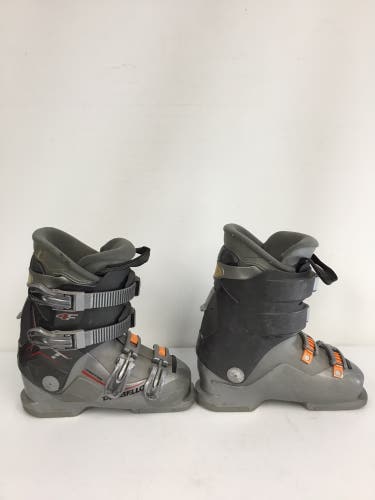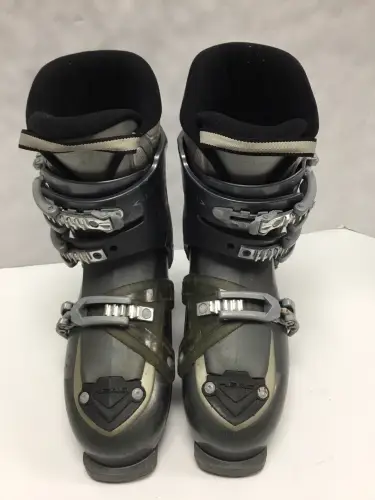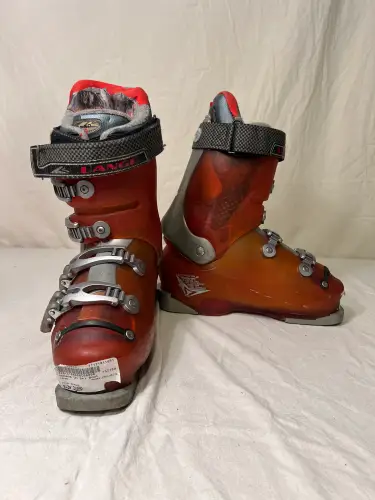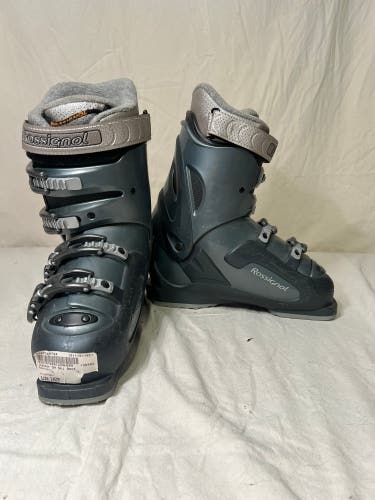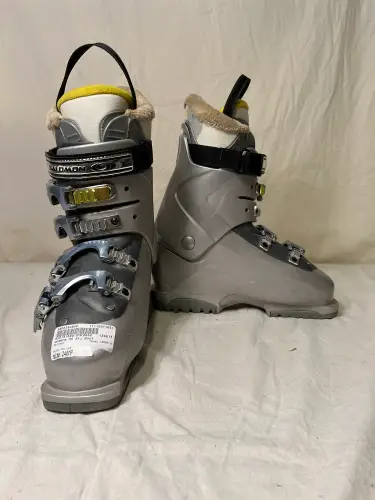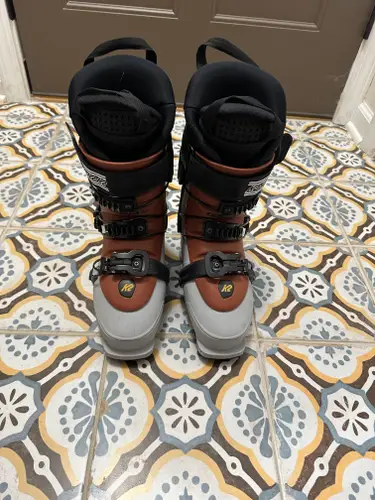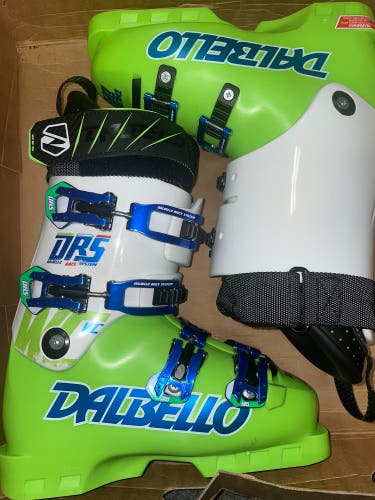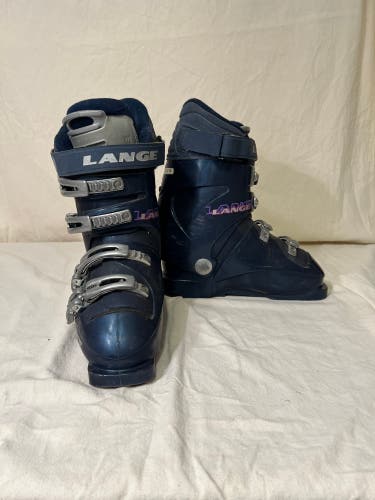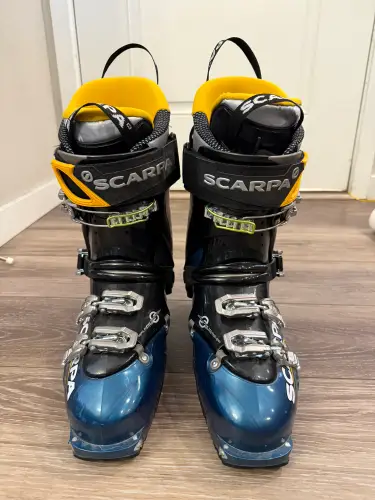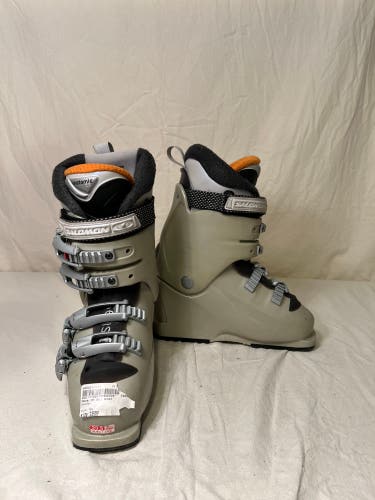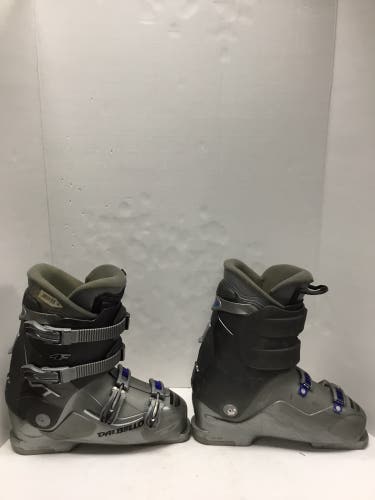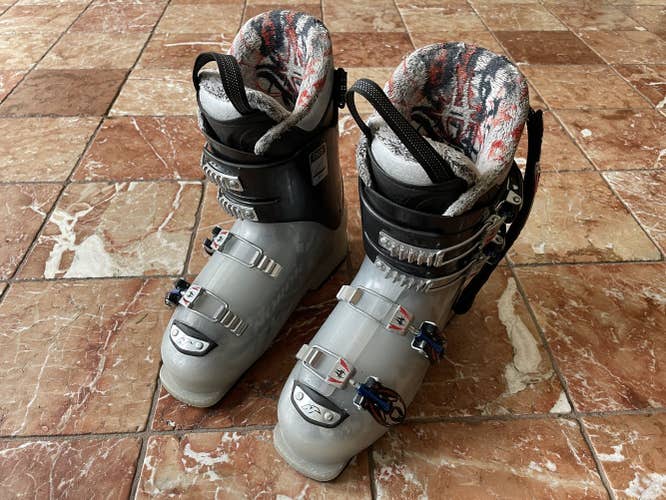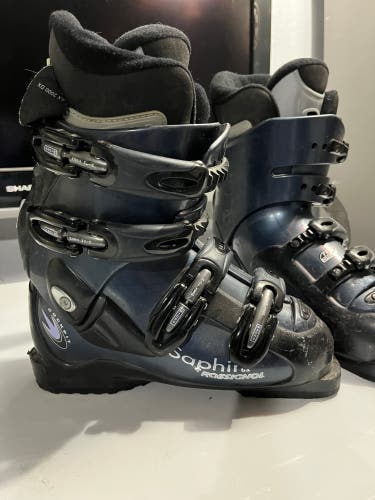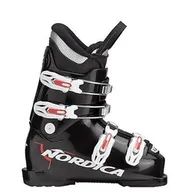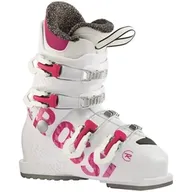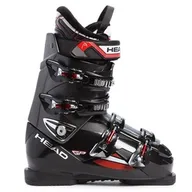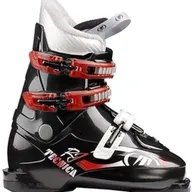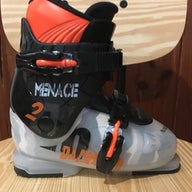Ski boot sizing is important to get right. There’s nothing worse than having boots that are too tight, painful, and hard to put on and take off. You also don’t want your ski boots to be too big. Having too much wiggle room in your ski boots will decrease the amount of control you have when you’re on the slopes.
Based on your skiing ability - beginner, intermediate, or expert - the type of boot you need varies. The flex of a ski boot refers to how easy or hard it is to “flex” the boot forward. The higher the flex of a ski boot, the stiffer it is. Ski racers, for example, need very stiff ski boots to provide them maximum control at high speeds. It’s important to note that flex ratings aren’t always universal between different brands of ski boots. An 85 flex may feel differently in a pair of Lange ski boots versus Atomic boots.
As a general rule of thumb, beginner skiers will typically use a lower flex, and advanced skiers- taking on more intense terrain- will need a higher flex.
